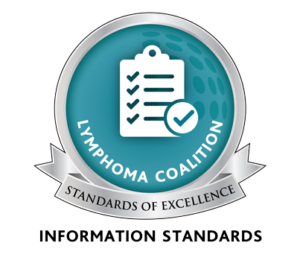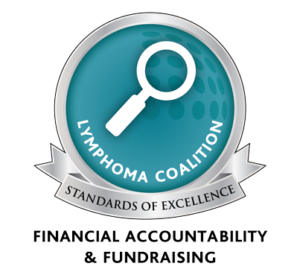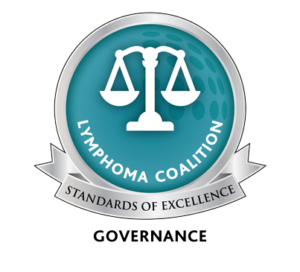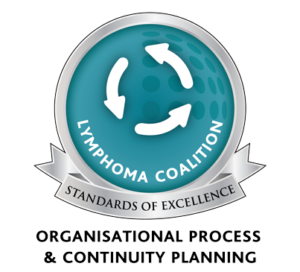Indolent NHL
The majority of patients with indolent NHL experience a relapse of their disease, despite having had treatment. The duration between treatment and relapse can vary, but it is typically between 18 months and four years.
There are numerous options for the treatment of relapsed NHL, and the decision depends on many factors including age, health status, the time from the end of the treatment to relapse and NHL grade and stage.
Possible treatments include:
- The watchful waiting approach, which may be the best option for patients who have no symptoms that are troubling them.
- Chemotherapy, which is the most common treatment for relapsed disease.
- Monoclonal antibodies like rituximab (Rituxan®) are often used for certain types of relapsed NHL, usually in combination with chemotherapy to increase the effectiveness of chemotherapy without significantly increasing the side effects.
When indolent NHL relapses, it has sometimes changed, or transformed, into an aggressive form of the disease. Treating patients with transformed NHL can be difficult. They may be treated with high-dose chemotherapy with or without a peripheral blood stem-cell transplant (PBSCT). This can also be combined with monoclonal antibody therapy in order to destroy any residual lymphoma cells in the bone marrow.
If high-dose treatment is not possible then medical management is likely to be aimed at controlling symptoms, often called palliative treatment.





